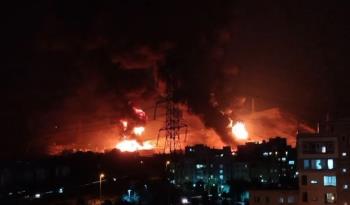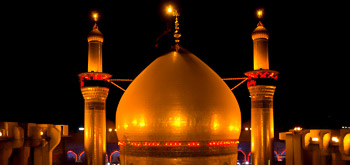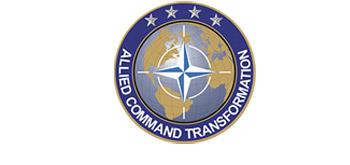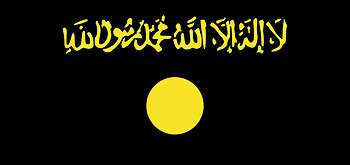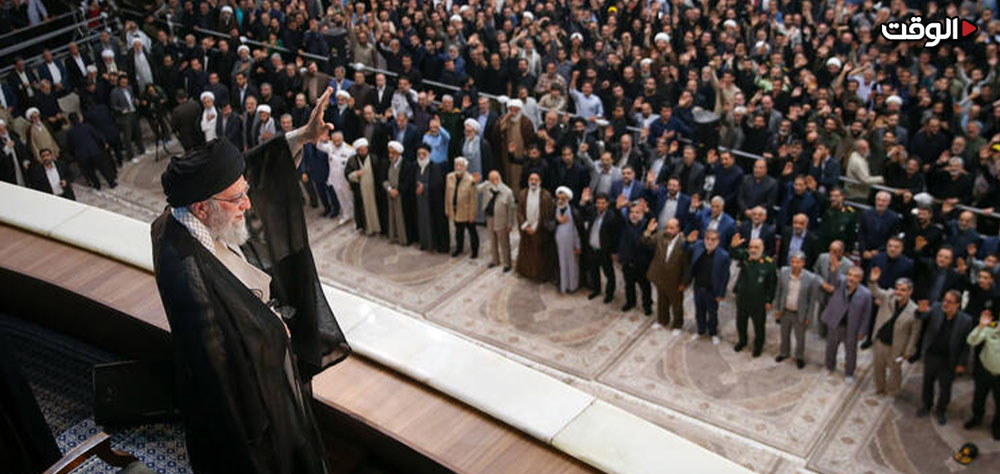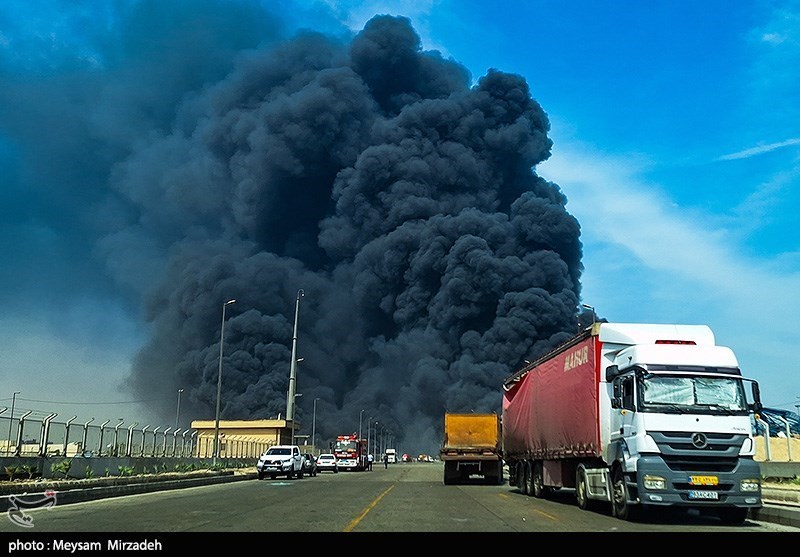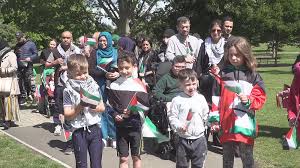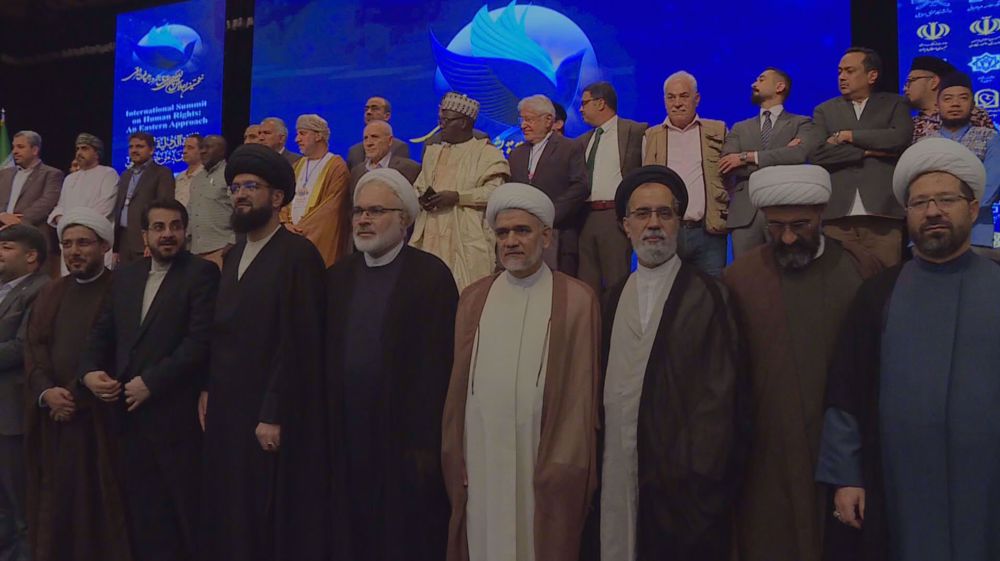Alwaght-The Scope of the Saudi military aggression against Yemen
What is the fate of the Saudi Arabia’s military action against Yemen. Facts and evidence say that the military action against Yemen cannot be considered as a “solution”. Eventually, the Saudis are forced to either to stop the war and declare ceasefire without achieving any of their announced goals or to find intermediaries to activate a "political solution" to achieve the minimum through their confrontation with popular revolution of Yemen.
One published report revealed that on the sixth day of the air strikes against Yemen, during the cabinet meeting of the Saudi government, the Saudi king announced a series of terms to end the aggression against Yemen; the terms were as follows: the former government of Yemen should return to power, weapons should be surrendered to the government, the government should not be threatened by the parties, the dialogue between the parties and the government should be reactivated under the supervision of the Persian Gulf Cooperation Council. Although at first glance these statements reflect the Saudi efforts to restore the situation before the outbreak of the popular revolution in Yemen and in fact it is a reviving of the “Yemeni Revolution reconciliation attempts“. However, the issue of “the necessity of a dialogue” and an invitation to the formation of an “inclusive the government” in this period of time and after the elapse of 18 days of air assault, the Saudi government should replace its military and security approach of the conflict with a political one. During this period, Saudi Arabia failed to form a coalition against Yemen and the air strikes could not change the internal situation in Yemen against Ansarullah and its allies. On the one hand, this proved inefficiency of the military attack on Yemen; on the other hand, it exposed the inefficiency of the Saudi military and intelligence services.
The Saudi military lacked the required shrewdness. Some of the Saudi military air operations targeted political areas such as some of the characters’ houses, and palaces as well as administrative and medical centers; this is not considered as the targeting of the resistance’s point of strength. However, unlike known military methods, the Saudi army did not target Yemen’s weaknesses rather it attacked mainly Yemen’s points of strength. From a military point of view, the continuous targeting of Sa’ada, Ibb and Al Hudayda is considered a strategic error because the center of these provinces is completely seized by Ansarullah Movement, and their targeting cannot change the situation. Typically, the air strikes should target areas inhabited with mass population of anti-Ansarullah groups. In this type of operations after the military attack, dominant group can seize the opportunity to change the situation for its benefit.
In addition, the Saudi military bombed medical centers, food factories and the African refugee camp "Almirzak" in northern Yemen that led to death of at least 45 people. This has put Saudi Arabia under political and military pressure, which is the result of the stupidity of the Saudi air strikes’ leadership in their attack of the targeted regions.
Furthermore, while the Saudi regime was busy bombarding northern and western region in Yemen, Ansarullah Movement and the Yemeni military were advancing and seizing control over four southern provinces namely Adan, Abyan, Lahij and Ad’ Dali. This fact makes it clear that the air operation not only failed to hurt Ansarullah but increased the pace of their progress. Before this, Ansarullah Movement were not willing to enter Yemeni southern provinces. It was forced to move to the south due to the special conditions that arose in Aden and Marib. Marib province, which covers an area of about 17 thousand square kilometers and has a population close to 240 thousand, is surrounded by the Yemeni army and Ansarullah Movement from the North, West and South. Marib is the last stronghold of al- Qaeda's Yemen branch and Hadi Mansur affiliated militia.
From another perspective, Yemen is among the countries that has experienced rapid changes in 2012 and is one of the most loyal countries to the Islamic awakening. Although Yemen's revolution in 2011 as like revolutions in Egypt, Libya and Tunisia experienced substantive changes but the Yemeni people rose again to rescue their revolution. The revival of the revolution and the Islamic awakening in Yemen could be instructive to the people of Egypt, Tunisia and Libya, and encourage them revolve again. This will definitely bring serious concern for the US, Saudi Arabia and other Arab states.


